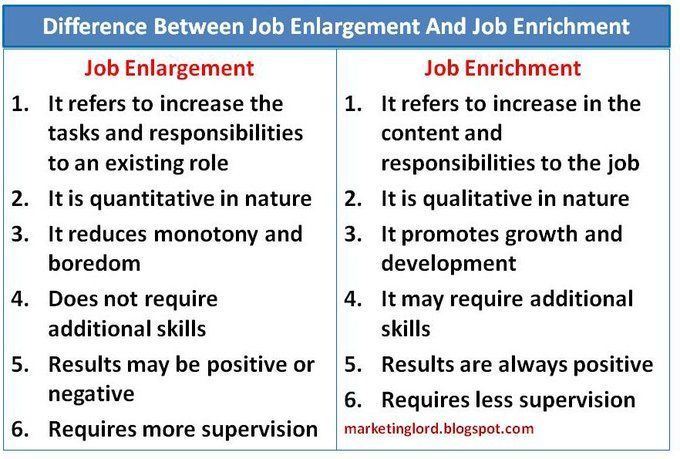Is your talent acquisition function a revenue generator?
People are your No. 1 asset (yes, even if you’re a SaaS company). Without them, your business wouldn’t exist. We know this, and yet, one of talent acquisition’s (TA) biggest struggles remains effectively framing its revenue-generating capabilities.
TA is a direct investment in your people. With global skills shortages, building a business case around TA is the best approach to gaining a competitive advantage in the market, driving revenue growth and improving your employer brand.
Making investments in talent acquisition
So, what does “investing” in talent acquisition look like? For Cisco, the result is an impressive market cap of $215.5 billion and rankings on dozens of best workplace lists for years. In 2022, they were ranked as the No. 3 World’s Best Workplace, according to Glassdoor. So, what’s their secret?
Francine Katsoudas, Cisco’s executive vice president (EVP) and chief people, policy and purpose officer, speaks to the company’s “Conscious Culture” to take meaningful action through — you guessed it — its people. At its core, Cisco’s policies are human-centric, and it delivers on its promises of building an inclusive future.
Other companies reap rewards from investing in talent acquisition too. Research from Northpass indicates organizations with structured onboarding saw a 60% year-over-year improvement in revenue. TA is about much more than finding the right person for the job; it’s about the entire lifecycle of both candidates (even if they don’t get hired!) and employees.
The more we view talent acquisition as a method to improve all areas of people, processes and technology, the better businesses can use it to meet operational goals and hit revenue targets.
Read more: How to get executive buy-in for talent acquisition
Talent acquisition partnerships generate revenue
Employees stay almost 2x longer if the employer is highly committed to internal hiring.
Source: LinkedIn’s Future of Recruiting 2023 report
Quality TA partnerships bring more to the table than attracting and hiring talent. Retention is a major focus in this labor market.
It’s no secret that high turnover rates are costly and impact the bottom line. Keeping top talent drives revenue by reducing employee turnover costs. Without a strong internal mobility or talent mobility program, you could very well lose out on your best people. In this market, many people are open to considering new roles and are willing to switch to a company more in line with their beliefs and desires (ranging from benefits, flexibility and social causes). If you have growth opportunities to offer employees, you lessen the risk of falling victim to this scenario. A TA partner can help you put structure around an internal mobility program and prioritize and facilitate hiring internally.
By leveraging experts to enhance your talent acquisition function, you’ll experience faster time-to-hire, which has a strong impact on the bottom line (especially for revenue-generating roles). This is one of the reasons it’s important to do your due diligence when it comes to finding a talent acquisition partner. If they have expertise in your industry or the business-impacting roles for which you’re hiring, they’ll be able to make a difference in your TA function (and organization) speedily. In the same vein, a higher quality-of-hire will result in increased productivity, quicker time-to-productivity and higher overall organizational impact.
Something that’s often forgotten is just how valuable it is for internal TA teams to focus on strategic organizational priorities while an external partner focuses on sourcing, screening and administrative tasks of the talent function. They will not only free up the team’s time but keep the operations of the hiring and pipelining going full speed ahead. Access to highly skilled (and often passive) talent can come from the networks talent partners build exclusively for their clients for use later on.
Read more: Learn how WilsonHCG helped a global pharmaceutical giant scale at speed to ensure success
How effective is your TA function at generating revenue?
Understanding the effectiveness of your current TA function is key to making improvements and turning it into a revenue-generating operation.
Consider these questions to assess how well your TA function is generating revenue:
- Do you regularly poll employees (quarterly or otherwise) on how happy they are at your company? After all, they are your biggest asset and revenue contributors.
- Do you have a talent community to keep your potential talent pool informed of job openings and company happenings? Shortening the timeframe of vacant roles will reduce lost opportunities.
- What’s the average tenure of your employees? Strong retention contributes to higher productivity and cost savings.
- Do you have a comprehensive onboarding program? How do new hires rate it? Starting off on the right foot means contributing to the organization quicker upon starting.
- Are employees able to opt for mentorship or one-on-one coaching at your organization? With someone to guide them, new hires can contribute more expeditiously and with confidence. Comradery also breeds loyalty.
- How do you measure quality-of-hire? How does it rate? With a focus on hiring the right people for your organization, you’ll be able to make a bigger impact in your industry.
- Do you use data to make informed decisions about talent? Making smart decisions – from hiring locations to consider and positions to pipeline for – will set your function up for success and save on lost time by going down misleading paths.
- Do you have competitive recruitment ratios for your industry, such as interview-to-hire ratio, selection ratio and success ratio? (Average time-to-hire is 44 days in 2023 – up one day from the prior year according to research from a Global Talent Climate report.) Benchmarking against your hiring competition will lend insight into how you can make improvements.
- Do you have policies in place around workplace flexibility and ensure work-life balance for employees? Employees will be able to best contribute to your bottom line when they are working in an environment they thrive in.
- What percentage of candidates abandon a job application and leave it unfinished? You might be missing out on top talent that will have a grand impact on your organization if they’re getting frustrated with your lengthy or chaotic application or interview process.
- Do you hire full time, part time and contract workers as part of a holistic TA strategy? You can expect different types of employees to contribute to your organization in different ways. Having access to each of these talent communities will benefit your bottom line.
- Do you recruit through employees’ networks? According to Aptitude Research, 62% of organizations with employee referral programs have decreased their average time-to-fill for referred candidates who were hired. Also, those who are ingrained within their work networks are more loyal, collaborative and productive.
- Do you have a strong employer value proposition (EVP) for ideal hiring profiles? Hiring people who align to your vision are faster to production.
- Does your business invest in new recruiting technologies, such as labor market intelligence platforms, generative AI solutions and social listening tools? Being on the cutting edge of technology can increase efficiencies and save on costs.
- Do you screen language in job descriptions for biases so it’s inclusive to all candidates? Diversity of employees is important for innovation and being a leader in your space.
This list is a great starting point to see the revenue-generating capabilities of your TA function. Between skills shortages and a candidate-driven market, employers are finding it challenging to attract and secure the talent they need to adapt to an ever-changing market. That’s where the benefit of a partnership comes in.
Talent acquisition partnerships benefit all businesses, even those that already have in-house functions. They provide in-house teams with the bandwidth to successfully execute their other TA strategies and priorities.
Don’t let your business fall behind. Making moves now will help ensure a strong workforce, both now and in the future.
Source: https://www.wilsonhcg.com/blog/is-your-talent-acquisition-function-a-revenue-generator


